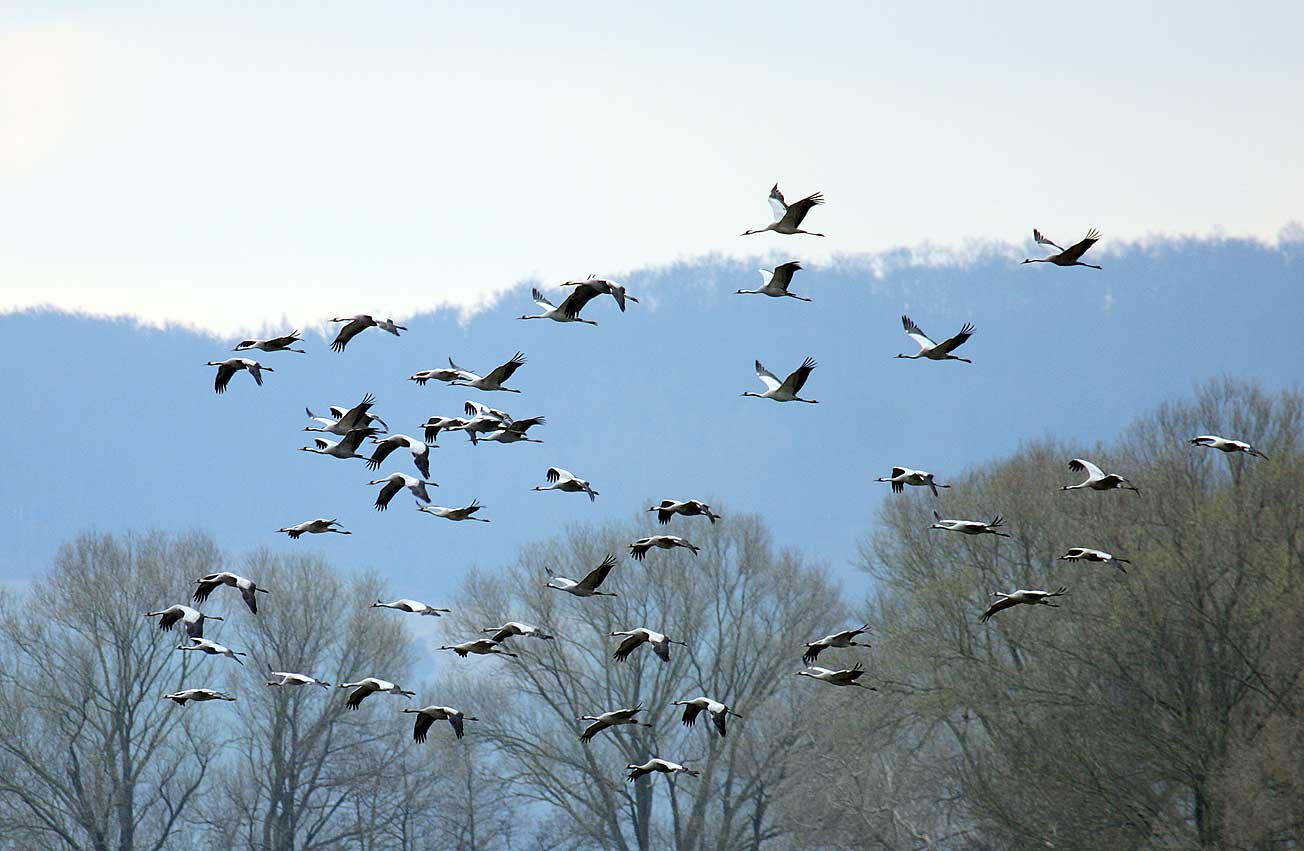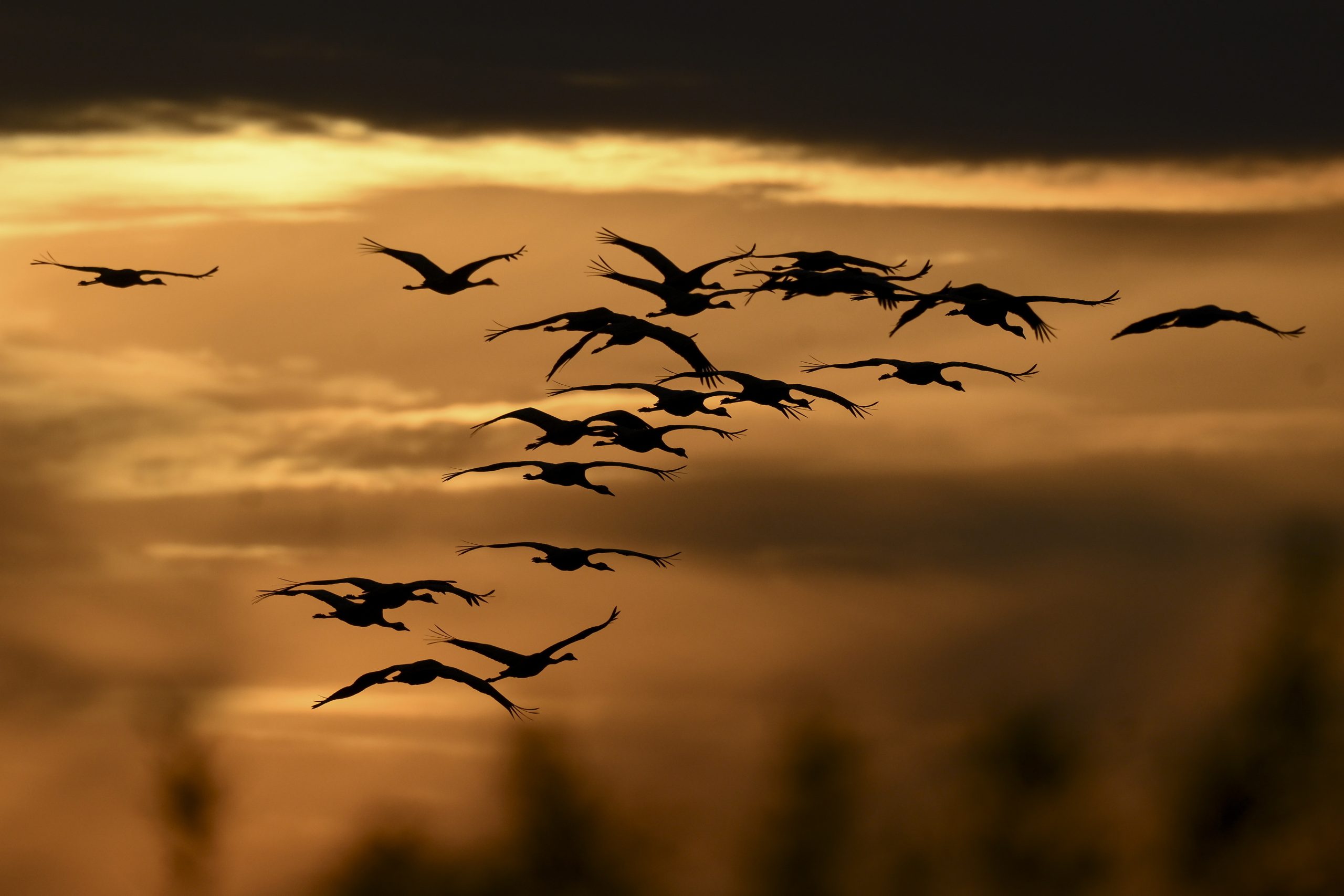
Bird watching tours depart from September 28 to November 3 in the early afternoon.Continue reading

With the onset of autumn, the cranes started to move to their usual wintering grounds in September, and the number of birds migrating through Hungary increased even more by October. The cranes migrating over the country usually spend several months in the Hortobágy Puszta (World Heritage Site, cultural landscape in eastern Hungary).
According to the website of the Hortobágy National Park’s Department of Nature Conservation, the number of cranes in the area is measured on a weekly basis. Measurements show that a record number of 135,680 cranes were counted in the first week of October this year.

Photo: MTI/Czeglédi Zsolt
The record numbers could be due to a successful nesting season or simply a phase shift in migration compared to the previous year, but also to population shifts between migration routes,
they write.

Photo: MTI/Czeglédi Zsolt
As they explain, the Hortobágy grasslands, fishponds, and other wetlands are known as the most populous terrestrial resting sites for migratory species in Europe.
95% of cranes migrating through Hungary pass through the Hortobágy and spend several months here.

Photo: MTI/Czeglédi Zsolt
Cranes are native to forested, steppe, and wetland areas of Eurasia, migrating to northern Africa and southern Asia to winter. Although the migratory season of cranes starts as the weather turns cold, it is not really the cold but the narrowing of the foraging grounds that may be the ultimate cause.

Photo: MTI/Czeglédi Zsolt
The cranes migrating towards their wintering grounds usually arrive in the Hortobágy with the onset of autumn. During this time, tens of thousands of cranes can be found in the shallow water areas of the Hortobágy National Park.
Via hnp.hu, Featured image: MTI/Czeglédi Zsolt